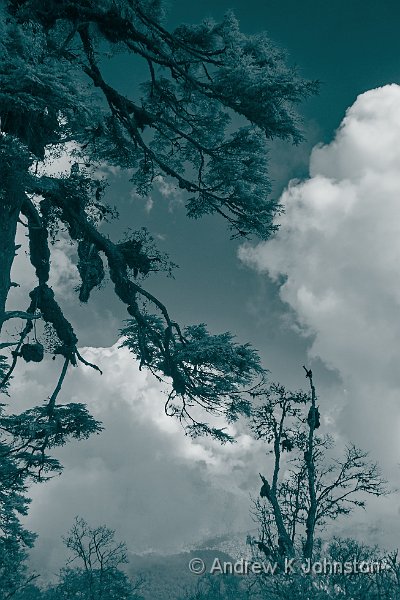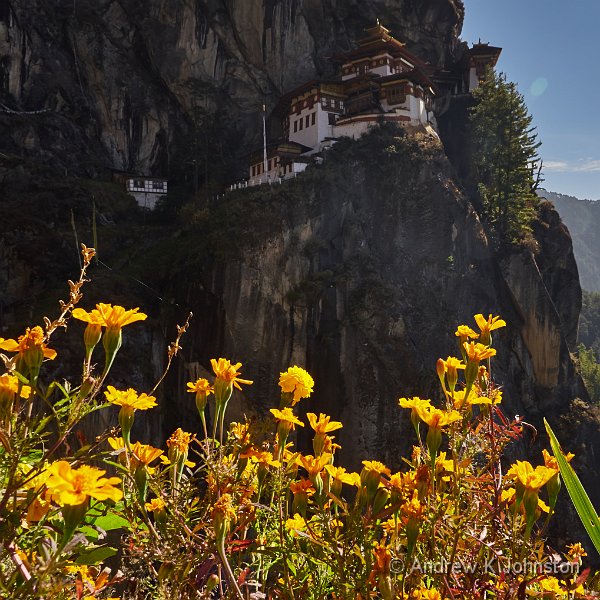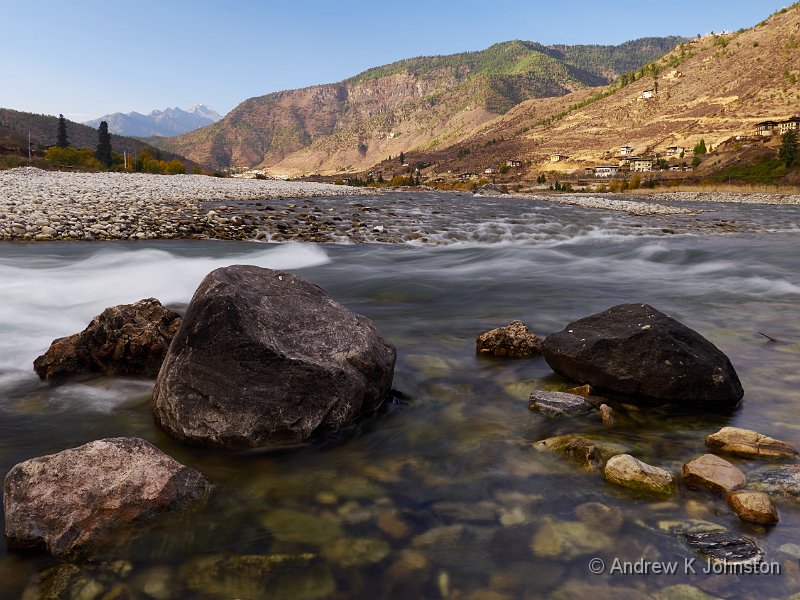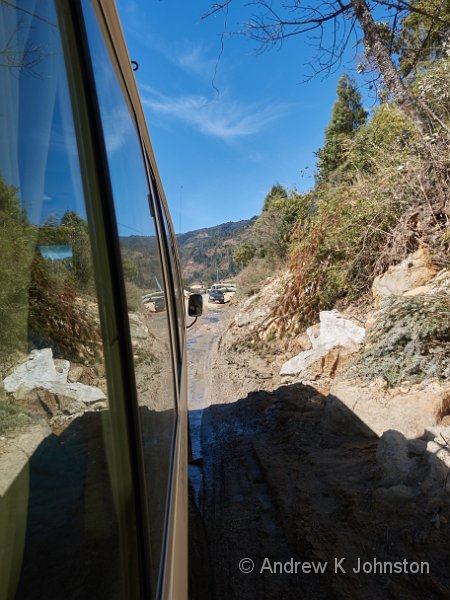I was recently invited to provide some feedback to Panasonic on the design of the GX8, and thoughts for its successor. I’ve decided to draft this in the form of an open letter, and also post it on my blog. Apologies to regular readers who may have seen much of this before – please feel free to move on…
It’s probably worth setting out my credentials here. I have been a fairly regular user and purchaser of Panasonic electronics since I bought my first Technics hi-fi back in about 1979. In 2012 I was looking for a smaller option than my large Canon cameras and lenses. I had a look at the Olympus OM-D series, but realised from a quick handling test that I much preferred the Panasonic GH2. In use I found I liked not only the lightweight, tiny package, but was impressed by image quality which easily bettered that of the Canon 7D (using Capture One with both cameras). Since then things have moved on with two generations of Panasonic upgrades, and I currently have a GX8 as primary camera, with a GX7 as back-up, an infrared-adapted GF3, and a GF6 for which I have a third party underwater housing. In the meantime I have owned and sold both a GH2 and GH4, and I tried but didn’t get on with the GM5. In terms of lenses I have the two F2.8 zooms, the 100-300mm, the diminutive 45-175mm, the 3D lens and a couple of copies of the tiny 14-42mm power zoom. For balance I also have an Olympus 9-18mm zoom rounding out the wide end of the zoom range, and my compact cameras are from other manufacturers, a Sony RX100mk4 and a Canon S120.
I write this having used the GX8 as main camera on a recent photo tour of Bhutan. I think that makes me quite qualified to comment on the cameras’ capabilities.
Up front I’d like to record that my other comments notwithstanding, the GX8 is a great camera. It’s fast and produces great image quality. Its viewfinder is large and bright (although I have to acknowledge that the Fuji XT1 is even nicer). Handling is good, but not perfect, and the first area for potential improvement…
Ergonomics
Size-wise, the GX8 is pretty much perfect. I’m a European male of fairly average size, and "naked" the GX7 is just a bit too small for me. I’ve always used it with the bottom half of the "ever ready" case, which improves the fit to my hands no end. The GX8 is almost exactly the size of that combination. However it would be a mistake for the successor to grow again.
Beyond that, I have one major complaint about the GX8’s ergonomics, and a couple of minor ones.
The major complaint regards the dedicated exposure dial, which should go, for three separate reasons:
- It’s ergonomically clumsy compared with its predecessors. Like many users of better digital cameras, my usual approach is to select an appropriate base exposure mode (e.g. aperture-priority for static or slow-moving subjects) and primary setting (e.g. f/8), see what the camera’s auto-exposure does with it, and dial in exposure compensation to suit. Ideally I do this with the viewfinder to my eye, without moving the camera from the scene. The GX7 and GH4 have controls perfectly positioned to do this: the index finger can easily adjust the primary exposure control, and the thumb can easily adjust compensation via the rear dial. The right hand remains positioned ready to shoot at the decisive moment. The left hand supports the camera and works the lens, but the right remains in primary control of composition. On the GX8 you have to take the right hand off the primary controls and reach in towards your eye to fiddle with the compensation dial, during which time you can lose position, or even a shot. That has happened to me.
- It doesn’t work visually for older users. Users aged 50+ (the ones who buy a lot of expensive camera gear and take it on expensive trips) often have to fiddle with glasses to move between viewing stuff at a distance (e.g. a typical scene) and close up (e.g. buttons on cameras). In my own case the markings on the exposure dial are almost invisible glasses-on. For such users it’s a much better model just to have a continuous control, and feed back values through the EVF, just like you do for most other settings.
- It breaks the custom settings model. If you have a non-zero value set on this, that over-rides any value you may have programmed into custom settings. The custom settings should be able to control as much of the camera settings as possible.
A return to the GX7’s design would be much appreciated.
Some of the same concerns also apply to the focus mode control. Again, it breaks the custom settings model (so that, for example, I can have a custom mode for "high speed action" but then have to remember to manually set AFS/AFF, and turn it off afterwards). Again it requires focusing the eyes on the camera instead of the scene, which may mean fiddling with glasses for older users, although personally I find the graphics on it are large enough that’s not such a problem as with the exposure compensation. Worst however is that it’s only half a control – you still have to set either AFS or AFF via a menu. My preference would be to replace it with a button or continuous dial which just cycles through all four focus modes. If not, please at least make the next version a four-position switch with AFS and AFF separate.
Generally I think it would make sense to have two clear, separate strategies for your two flagship cameras. The GH series have most functions on separate dedicated dials. Great for those who like that approach. The GX series should keep everything on buttons or continuous dials for those who prefer that approach. Please don’t confuse the two.
Finally, I find it too easy to accidentally press Fn7 when I’m picking up the camera. The positioning is OK, given its "DOF preview" role, but I wonder if it might be possible to give it more of a positive detent?
Electronics
The loss of the built-in flash compared with the GX7 and GH4 is an annoyance. Although I rarely use use one as I can usually rely on the high ISO capability of the new cameras, there are exceptions. In Bhutan I found myself at a cultural event where we were trying to shoot movement in very low light. Even at ISO 6400 and f/2.8 the results were unacceptable. I did have a small separate Metz flash but I couldn’t get it to work reliably. The results with the GX7’s on-camera flash might not have been ideal, but I would have got something. Please restore this in the GX9 if you can.
While the viewfinder is large and bright, it does seem to be more sensitive to white balance changes (or errors in auto white balance setting) than previous models. This means that you may see a bit of a red or brown cast on the live image in some cases, which doesn’t affect the captured RAW image but can be slightly off-putting, especially trying to use the GX8 and GX7 back to back with different lenses. If this is a deliberate change fine, but if it’s an unexpected side-effect of the viewfinder improvements it would be worth addressing.
Even though it packs a much bigger battery than the GX7 battery life is still only moderate. in Bhutan I used almost three per day on a couple of occasions, and that could have increased if we had done significant action shooting. The change in battery model is a slight inconvenience as all my other Panasonic cameras share the same model, but at least you can use the BLC12 charger for all down to the tiny battery in the GM5, which is good design.
Features
There are a number of features which are regularly requested by professional or "enthusiast" users of mid-high end cameras which I believe it would be relatively easy to implement in the GX8’s successor. Some might even be possible within firmware enhancements, although I’ve no idea how that would fit into the product life-cycle.
It’s important to understand that to deliver for the target market who really want to exploit and stretch these features, they have to be supported by the generation of full RAW files. JPEG-only implementations are at best a compromise which negate many of the fundamental capabilities of the camera in the hands of more expert users.
So here are my requests:
- Expose To The Right Metering. Although the latest sensors and RAW processing software offer much-improved highlight handling, an image is still effectively irrecoverable if there is substantial over-exposure of the highlights. With a difficult scene I tend to manually dial in exposure compensation until the highlights are just fully exposed, and then shoot. While advances such as the zebra pattern make this easier, why can’t I just tell the camera that this is my preferred metering mode and get it automated?
- Built-in HDR with RAW Support. The built-in HDR is JPEG-only with fixed settings, which is very limited. To add insult to injury the camera supports my preferred 2-stop exposure bracket in the “HDR” mode but I can’t set it manually! Ideally the HDR mode would also save 3x RAW files, for later processing. If that’s not possible, please at least make it possible to set auto-bracketing with 3 images 2 stops apart, and set some EXIF data so that the images are tagged as a group.
- Automated Focus Bracketing. The new "Post Focus" mode gets close to this, especially in combination with the latest version of Helicon Focus, but being based on 4K video it effectively generates 8MP JPEG files, which don’t allow for any significant post-processing of the image, and produces an output significantly below the native resolution for stills. Now that you have created a "take an image autofocused at each point in turn" algorithm, please can we have a version with does a "focus sweep" but generates a series of related RAW files? It doesn’t matter that it would run a bit slower, and you could minimise the data set by only taking shots at distinct focal distances.
- Hyperfocal Auto-Focus. It would be great if I could set a focus mode along the lines of "cover all focus points if you can". Alternatively as the GX8’s EXIF data includes "hyperfocal length" it also ought to be possible to have an autofocus mode which sets automatically to this, and then maybe shows what’s in focus via focus peaking. I know I can do this manually, but an automated option would be very useful.
- Note Taking, Tagging and Content Enrichment. The camera has some annotation and tagging capabilities, but they are limited, and JPEG-only. At the very least these should work equally for RAW files. If you don’t want to modify the RAW file after capture (understandable), then why not write to a standard XMP file?. Most RAW processors will then read this information at the same time as the RAW, and write it into the EXIF data of the output files.
- Tripod Sensitivity. Although stabilisation mechanisms are getting progressively more tolerant, the manual still recommends you manually switch stabilisation off when the camera is on a tripod. Why can’t this be automated?
Platform
I’ve written at length about why camera manufacturers should stop thinking of their cameras as monolithic products, and start thinking of them as platforms for development, just as all mobile phones have become and Panasonic and Sony (to name just two) already treat their televisions. This would allow the wider development community to deliver the features in the previous section, and others, if Panasonic don’t want to do so themselves. To make this work, we’d need the following:
- A software development kit, API and "app store" or similar for the development and delivery of in-camera "apps". For example, it should be possible to develop an ETTR metering module, which the user can choose as an optional metering mode (instead of standard matrix metering). This would be activated in place of the standard metering routine, take in current exposure, and return required exposure settings and perhaps some correction metadata. Obviously the camera would have to check that the returned values are "safe" values, but in a mirrorless camera it should be very easy to check that the exposure settings are "reasonable" and revert to a default if not. Other add-ins could tap into events such as the completion of an exposure, or could activate functions such as setting focal distance. The API should either be development language-agnostic, or should support a well-known language such as Java, C++ or VB. That would also make it easier to develop an IDE (exploiting Visual Studio or Eclipse as a base), emulators and the like. There’s no reason why the camera needs an "open" operating system.
- An SDK for phone apps. This might be an even easier starting point, albeit with limitations. Currently Panasonic provide some extended functions (e.g. geotagging) via the companion "Image App", but this app is "closed", and if it doesn’t do you want, that’s an end of it. It should be relatively easy to open up this API, by providing libraries which other developers can access. My note taking concept could easily be delivered this way. The beauty of this approach is that it has few or no security issues for the camera, and the application management infrastructure is delivered by Google, Apple and Microsoft.
- An open way to share, extend and move metadata. The right solution is support for XMP companion files which can accompany the RAW file through the development process, being progressively enhanced by different tools, and relevant data will be permanently written to the output JPEG. This doesn’t have to be restricted to static, human-readable information. If, for example, the ETTR metering module can record the difference between its exposure and the one set by the default matrix method, then this can be used by the RAW processing to automatically "normalise" back to standard exposure during processing. XMP files have the great advantages that they are already an open standard, designed to be extensible and shared between multiple applications, and it’s pretty trivial to write code to manipulate them, so this route would be much better than opening up the proprietary EXIF metadata structures.
- A controllable camera. What I mean by this is that the features of the camera which might be within the scope of the new "apps" must be set via buttons, menus and "continuous" controls (e.g. wheels with no specific set positions), so that they can be over-ridden or adjusted by software. While I personally prefer the ergonomics of "soft" controls, in this instance they are also a solution which promotes flexibility, which is what we’re seeking to achieve here.
This doesn’t have to be done in one fell swoop, and it might not be 100% appropriate for every camera. However Panasonic could make a great start by opening up the "Image App" library, which wouldn’t require any immediate changes to the cameras at all.
Conclusion
This is deliberately wide-ranging, and I acknowledge that some of it may be a bit contentious. If there are good reasons why some of what I’ve proposed wouldn’t work, then let me know. I’m also aware that not everyone will want everything I’m suggesting, but I’m trying to establish the idea of a more flexible approach which supports many working styles. There might well also be some discussion on priorities. Let’s have it. Let me know what you think.

 List
List Abstract
Abstract One+Abstract
One+Abstract









 Thoughts on the World (Main Feed)
Thoughts on the World (Main Feed) Main feed (direct XML)
Main feed (direct XML)